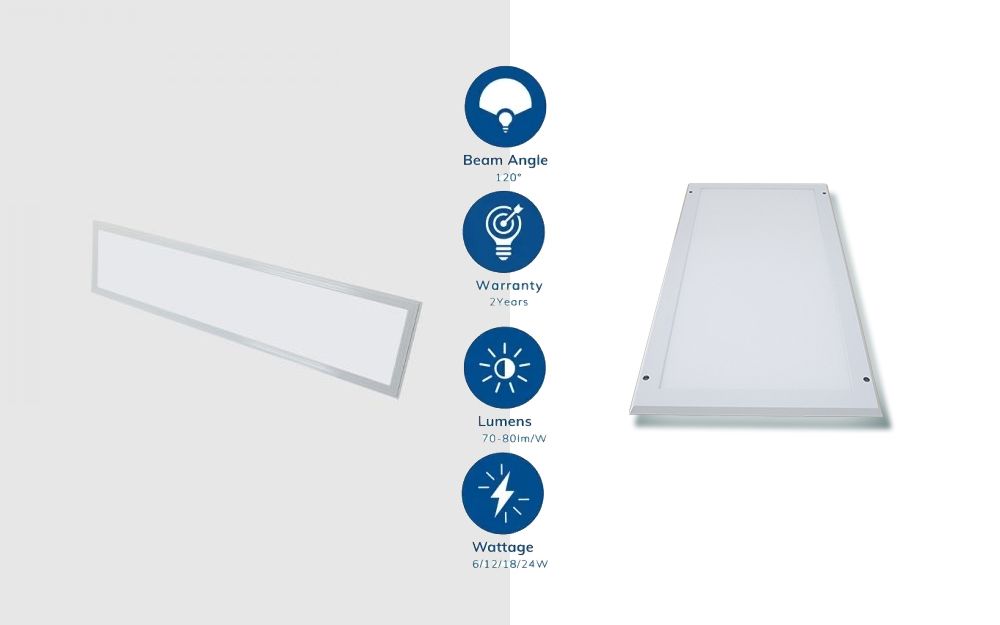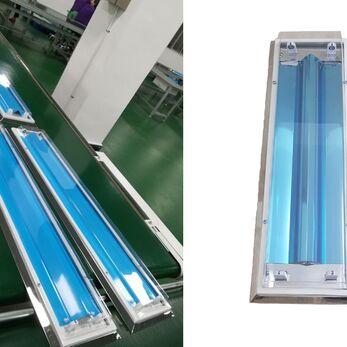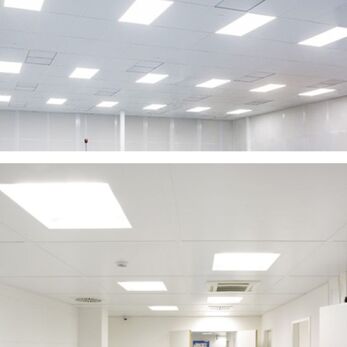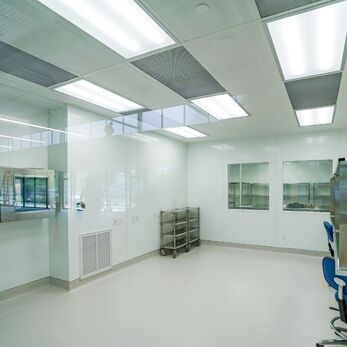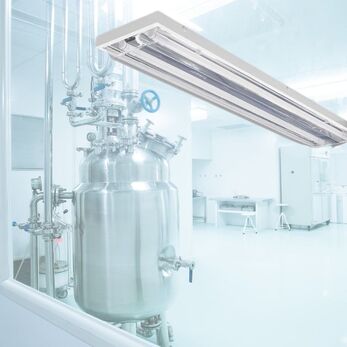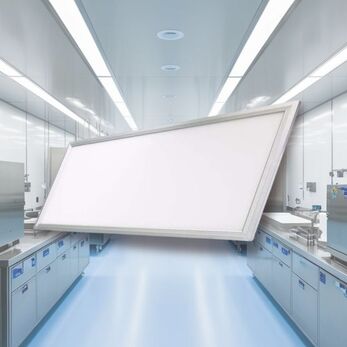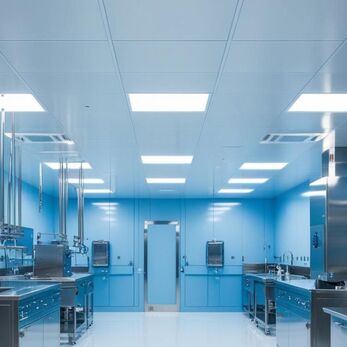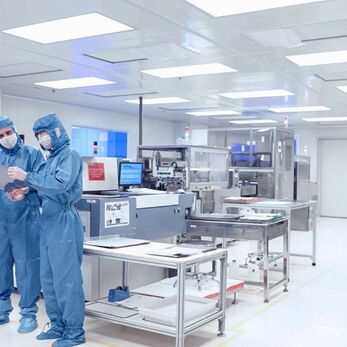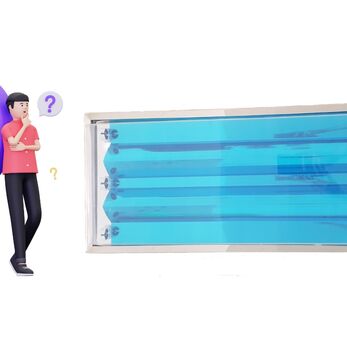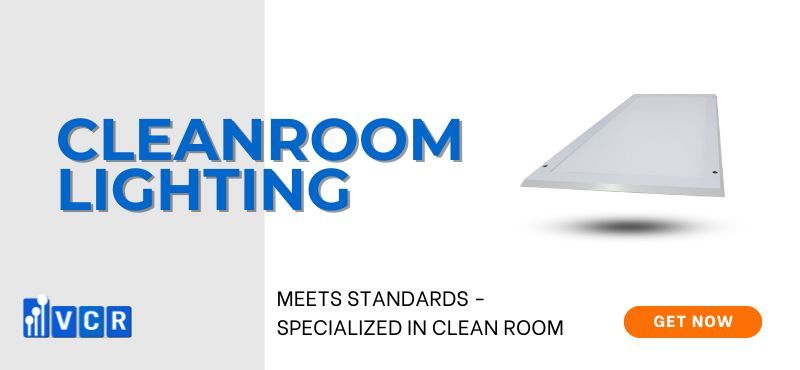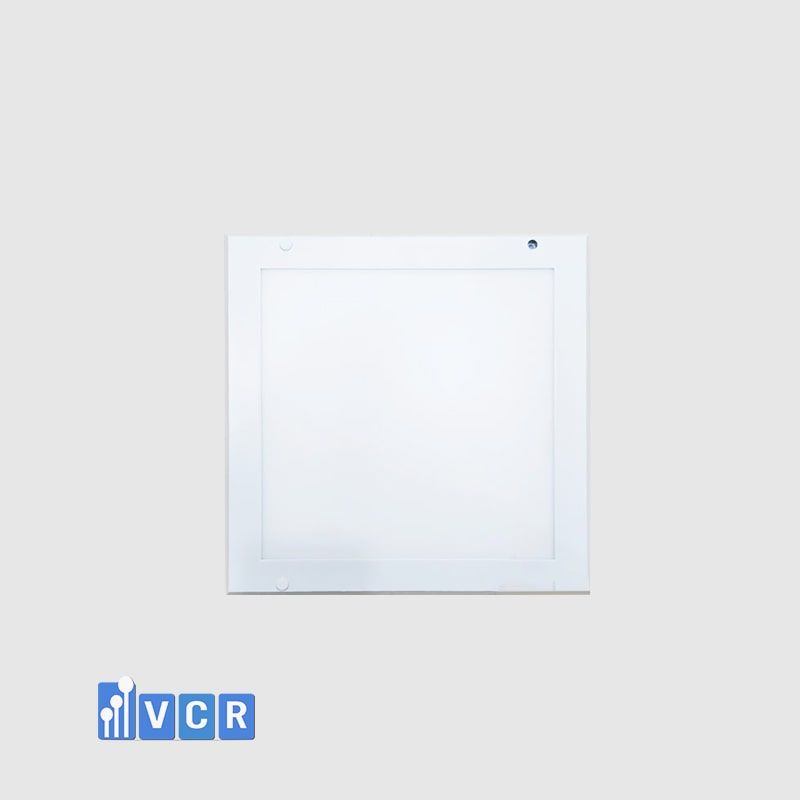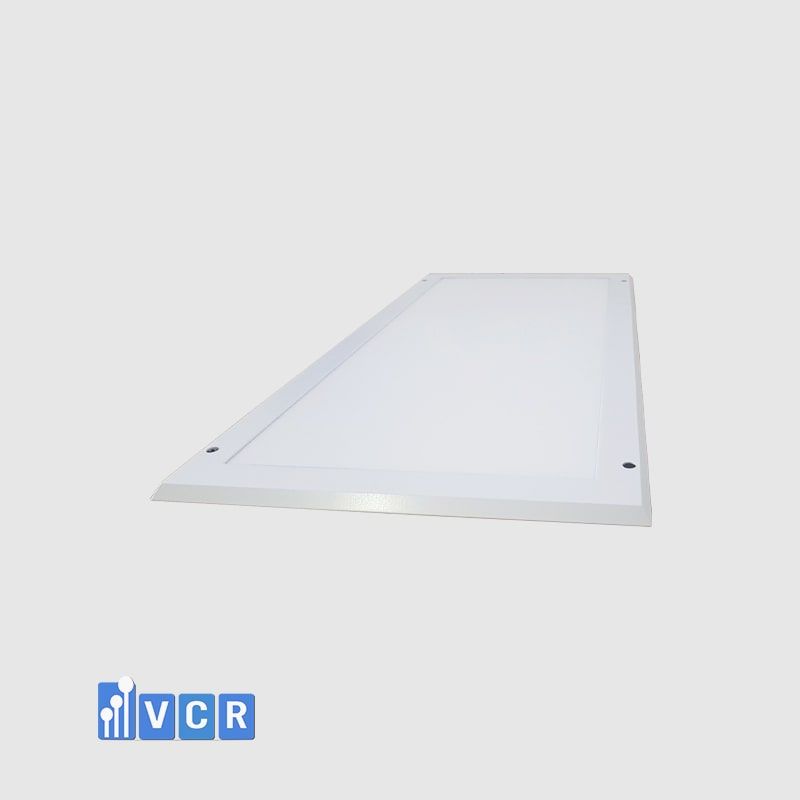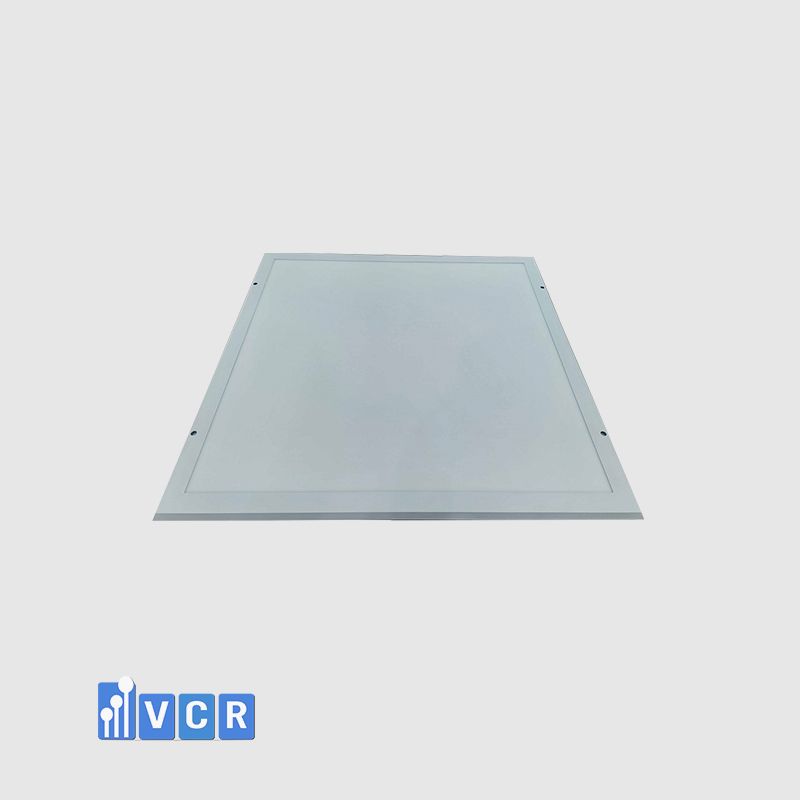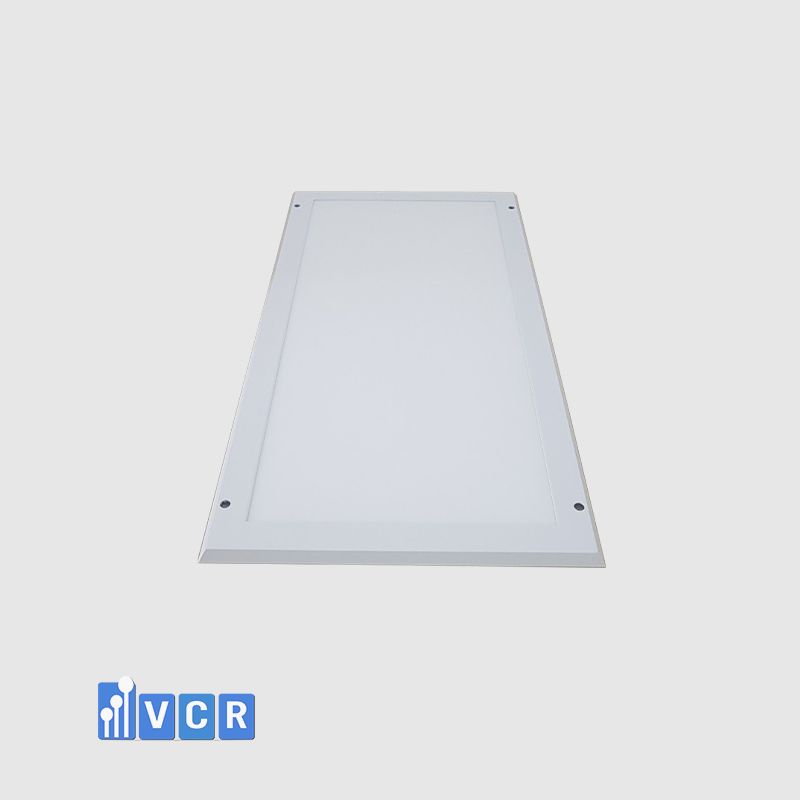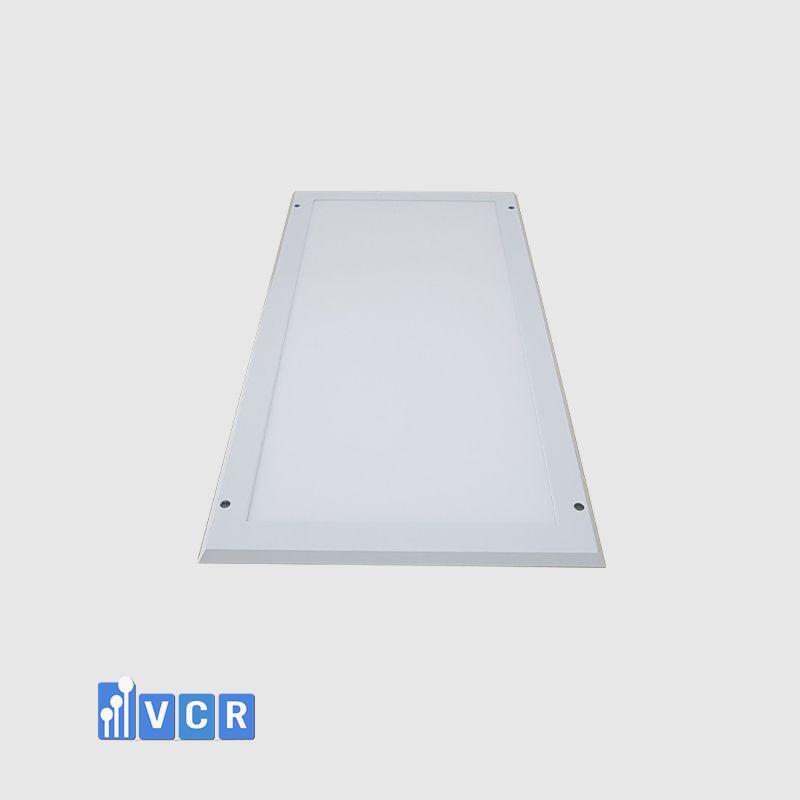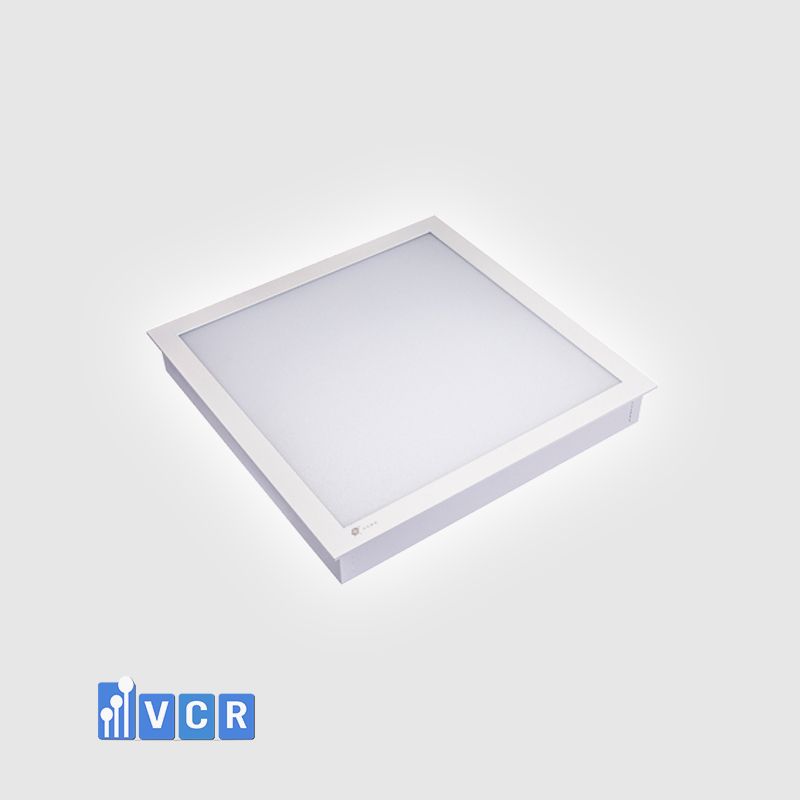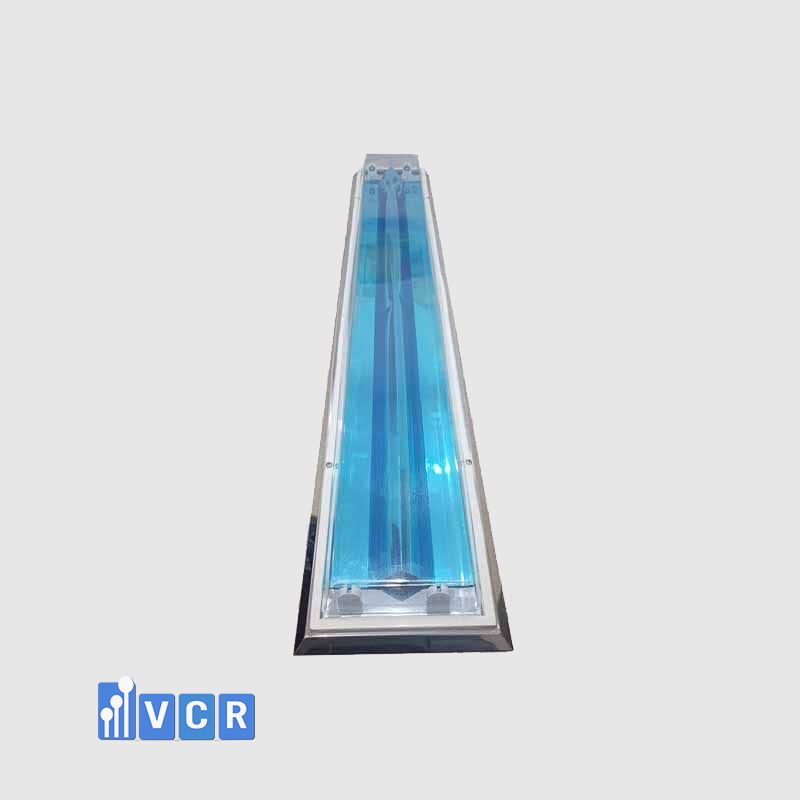In today's energy-conscious world, LED panel lights are a popular choice due to their exceptional lifespan and efficiency. However, navigating their technical specifications can be daunting. This guide unravels nine key aspects of LED lighting, empowering you to make informed choices.
- 1. Wattage: Power Consumption Defined
- 2. Luminous Flux: Unveiling Brightness
- 3. Luminous Efficiency: Quantifying Lumens per Watt
- 4. Luminous Intensity: Light Distribution Control
- 5. Illuminance: Understanding Light Density
- 6. IP Standard: Weathering the Storm
- 7. Color Rendering Index (CRI): Seeing True Colors
- 8. Color Temperature: Setting the Mood
- 9. Lifespan: Ensuring Long-Term Value
Now, let's explore each of these technical specifications together with Vietnamcleanroom.
1. Wattage: Power Consumption Defined
LED wattage quantifies the energy consumed per hour of operation. It also relates to luminous flux (brightness) and illuminance (light density) in specific areas. Understanding wattage enables users to estimate electricity costs and select LEDs fitting their illumination needs.
See more: Cleanroom led panel light specification
2. Luminous Flux: Unveiling Brightness
Luminous flux, measured in lumens (lm), quantifies the total amount of light emitted by an LED source. Choosing the right flux level ensures adequate brightness for tasks without overspending on unnecessary wattage.
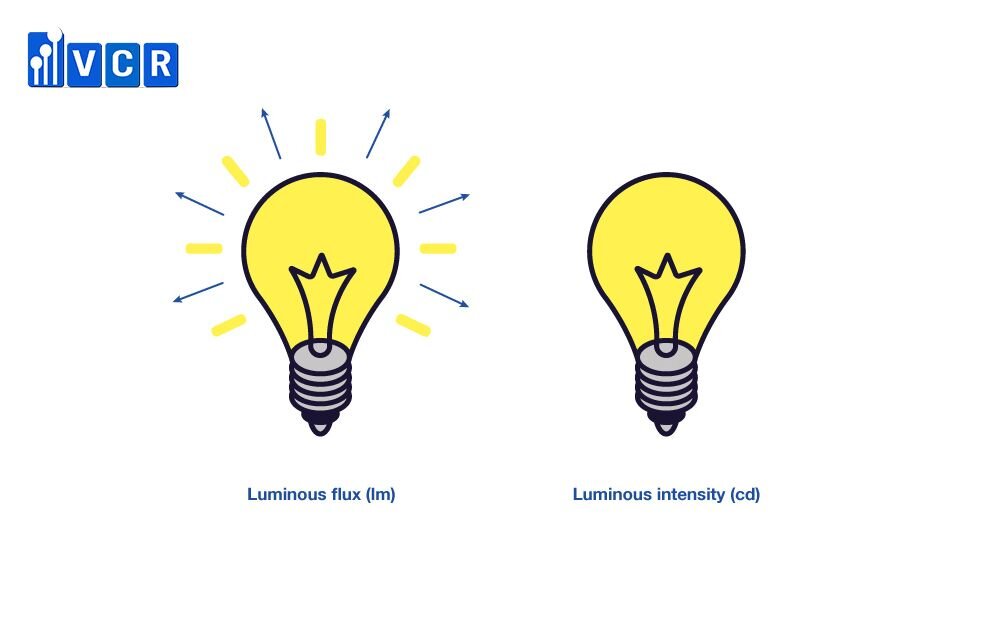
3. Luminous Efficiency: Quantifying Lumens per Watt
Luminous efficiency, measured in lm/W, reflects the LED's ability to convert energy into light. Higher efficiency translates to more lumens per watt, signifying greater energy savings.
4. Luminous Intensity: Light Distribution Control
Luminous intensity, measured in candela (cd), indicates the light emitted in a specific direction. This value helps users select LEDs that effectively illuminate target areas, minimizing wasted light and glare.
5. Illuminance: Understanding Light Density
Illuminance, measured in lux (lx), represents the light falling on a surface per unit area. Choosing appropriate illuminance levels for different tasks optimizes visual comfort, productivity, and product quality.
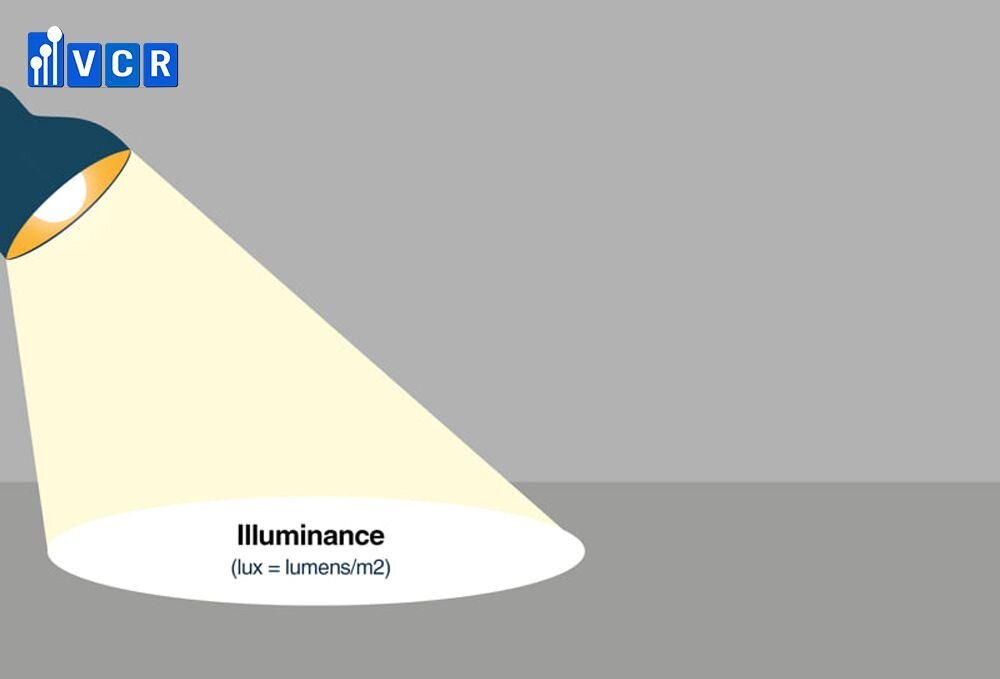
6. IP Standard: Weathering the Storm
The IP standard (Ingress Protection) grades an LED's resistance to dust and water intrusion. Choosing the right IP rating ensures suitability for various environments, from dry interiors to wet outdoor spaces.
7. Color Rendering Index (CRI): Seeing True Colors
CRI, measured on a scale of 0-100, indicates how accurately an LED light source renders colors compared to natural daylight. High CRI LEDs are crucial for tasks requiring precise color discernment, while lower CRI may suffice for decorative applications.
8. Color Temperature: Setting the Mood
Color temperature, measured in Kelvin (K), describes the perceived "warmth" or "coolness" of an LED light. Warm white (2700-3000K) fosters a cozy atmosphere, while cool white (5000-6500K) promotes alertness and concentration. Selecting the appropriate color temperature enhances the ambience and functionality of different spaces.
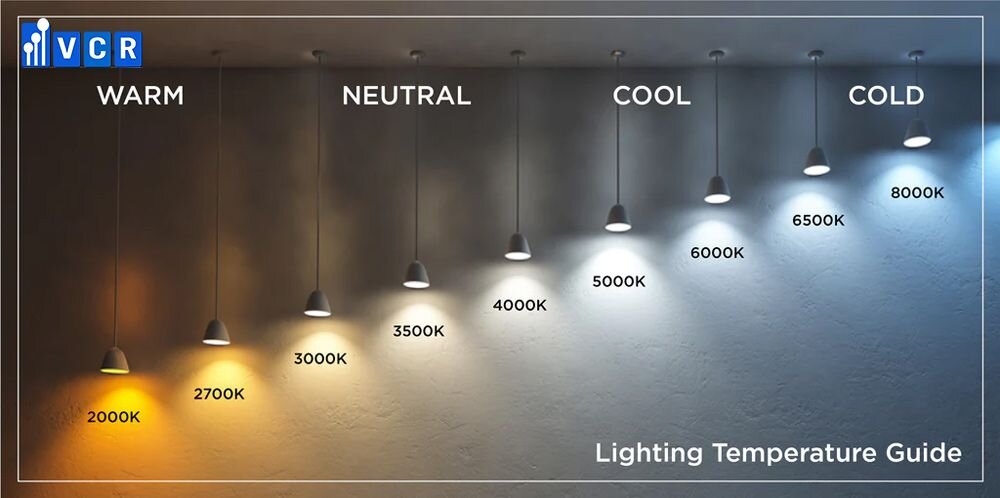
9. Lifespan: Ensuring Long-Term Value
LED lifespan is typically measured in hours until its luminous flux drops by 30%. Choosing LEDs with longer lifespans minimizes replacement costs and reduces environmental impact.
By understanding these nine key aspects, you can navigate the world of LED lighting with confidence, making informed choices that optimize your lighting experience while maximizing energy efficiency and cost savings.
Read more:




